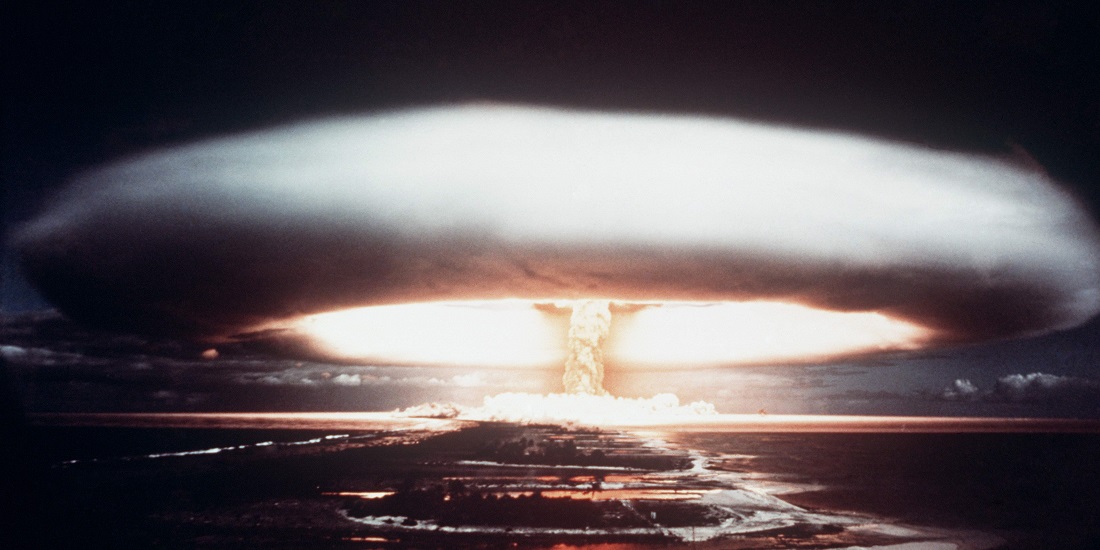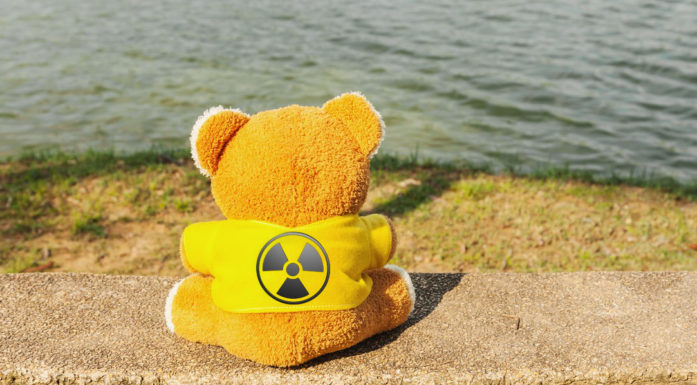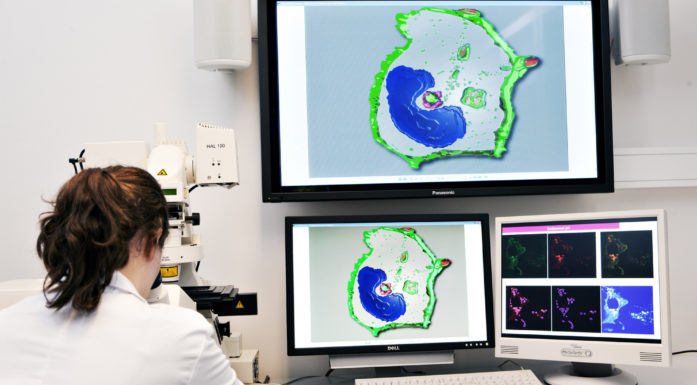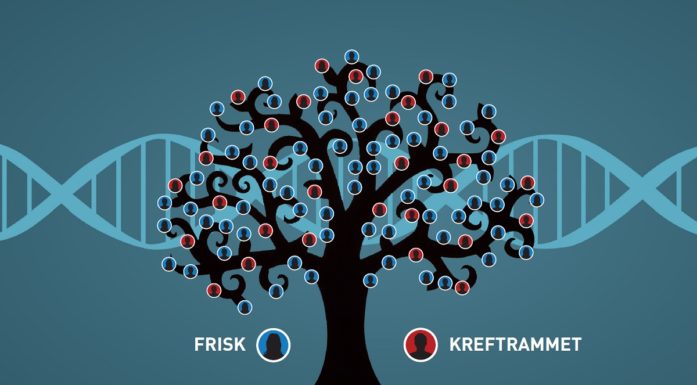Authorities concealed fallout from atomic bombs
France covered up the consequences of their nuclear tests in the Pacific. As many as 110 000 people may have been exposed to radioactive fallout above the assumed safe levels.
French nuclear tests have affected far more people than the authorities have previously admitted, according to new calculations. Radioactive fallout may have reached as far as Tahiti.
Children were the most vulnerable to the consequences of the testing. Local residents have received only very limited reparations.
“During the atmospheric test explosions, the French authorities may have subjected 110 000 people in Tahiti, Gambier and Tureia to radioactivity above the assumed safe levels,” says Nabil Ahmed, a postdoctoral fellow at the Trondheim Academy of Fine Art and NTNU’s Faculty of Architecture and Design.
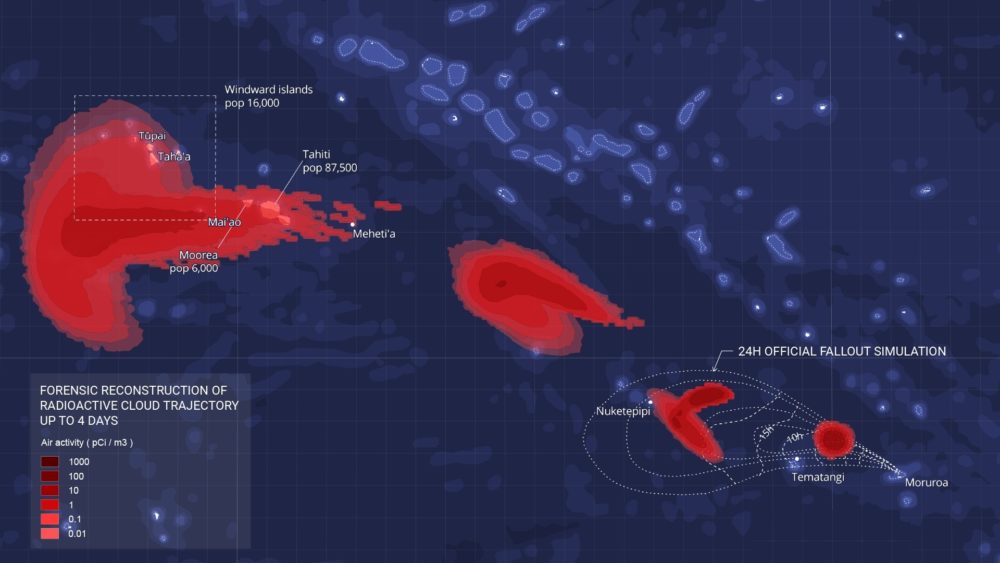
The reconstruction of the test explosions shows that the fallout reached much further than previously stated. Illustration: INTERPRT, 2021
193 nuclear test explosions
France carried out a total of 193 nuclear tests in the Pacific between 1966 and 1996. Forty-six of them were carried out in the open air at Moruroa and Fangataufa in French Polynesia.
“Tahiti was and is the most populous island in French Polynesia. People there were exposed to radioactivity without knowing it,” says Ahmed.
The postdoc has been involved in examining and publishing findings from previously classified documents. He initiated the investigation carried out by INTERPRT, a research and design studio that he leads as part of the research at the Academy of Fine Arts. Researchers there collaborated with investigative journalists from the NGO Disclose and the Program on Science and Global Security at Princeton University.
The documents from the French Ministry of Defense were released in 2013, but have not been thoroughly studied until now.
The group also interviewed local people, the military, various researchers and representatives from several relevant organizations. New methods, including the use of 3D models and interactive maps developed by INTERPRT, show the large extent of the pollution.
Children most susceptible to developing cancer
The results from the Moruroa files are presented in a book and on this page.
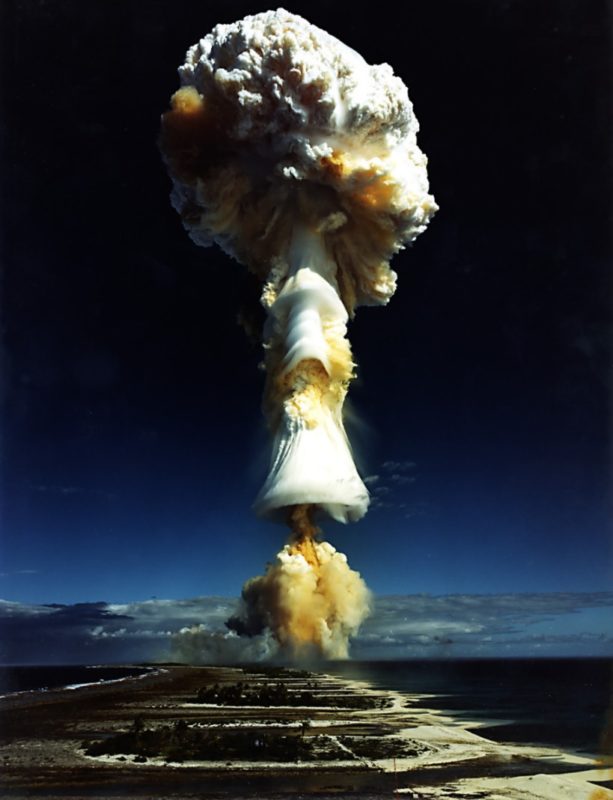
Another nuclear test in the Pacific. This one took place in 1970. Photo: French authorities, Public Domain, snl.no
The most polluting test explosions were carried out from 1966 to 1974.
The increased radioactivity may have led to more cases of cancer. Children between 4 and 8 years at that time were particularly vulnerable, because radioactive iodine accumulates more easily in the thyroid gland in this age group.
Almost no local residents received compensation
“The French authorities ignored weather reports and underestimated the spread of radioactive fallout. This is what contributed to so many people being exposed,” Ahmed says.
Only around 10 000 people have received any kind of compensation following these tests. But the reparations went to local residents only to a very small extent.
“Most of the people receiving compensation were actually from France. Only a few hundred residents of French Polynesia managed to apply for compensation, and most of them had their applications rejected,” says Ahmed.
However, French law states that people who lived or were in Tahiti, for example, during the period in question are entitled to compensation. The law therefore applies to far more individuals than have received reparations so far.
The results of the research group have attracted international attention, not only in France, but in major media around the world.
Reference: Moruroa Files. Investigation into French nuclear tests in the Pacific.
